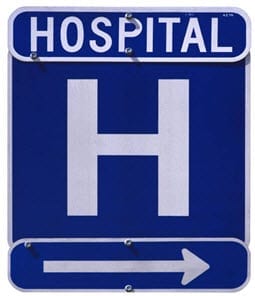The rating agency has said that this tendency could lead to a considerable problem in the United States.
A.M. Best, the large rating agency, has provided insurers with a bold recommendation, which is not to build an overreliance on whether or not there is a reauthorization of the terrorism insurance program in the United States.
The future of that program remains up in the air and A.M. Best feels that it is wiser not to completely rely on i t.
t.
The agency feels that insurers should not count on the Terrorism Risk Insurance Program in the United States and whether or not it will actually be in existence in the future. That terrorism insurance system is currently on shaky ground and insurers need to know where they will go if they can’t fully rely on it.
There are already insurers heavily reliant on the terrorism insurance but A.M. Best says that this should change.
In a briefing from the company, the firm said that “A.M. Best continues to request that insurers, especially those heavily reliant on TRIPRA, present detailed plans to be implemented in the event the act is not renewed or its protection is materially reduced.” They explained that in 2013, there are 226 out of 889 different property and casualty rating units that have loss estimates relating to terrorism based on a stress test scenario that has to do with an attack that uses conventional forms of weaponry. The test is comparable to the devastation caused to nearby buildings with their highest occupancy levels if a five to six ton TNT truck bomb were to explode.
Among the rating units – which involve either a several member or single operating company with common rating assignments – there were 3.8 percent that failed that test. The reason, according to A.M.Best, was that their reliance on the terrorism insurance program is too great.
The majority of the modeled losses had to do with composite members of commercial casualty had to do with compensating worker exposures instead of the actual exposures of the property, said the briefing from A.M. Best. It also explained that terrorism insurance risks weren’t taking into account the size of the potential severity or unconventional ways that they could be carried out. “Due to the potential for high severity, as well as the unconventional means in which a terrorist attack may be carried out, modeled results could vary substantially from actual losses.”

